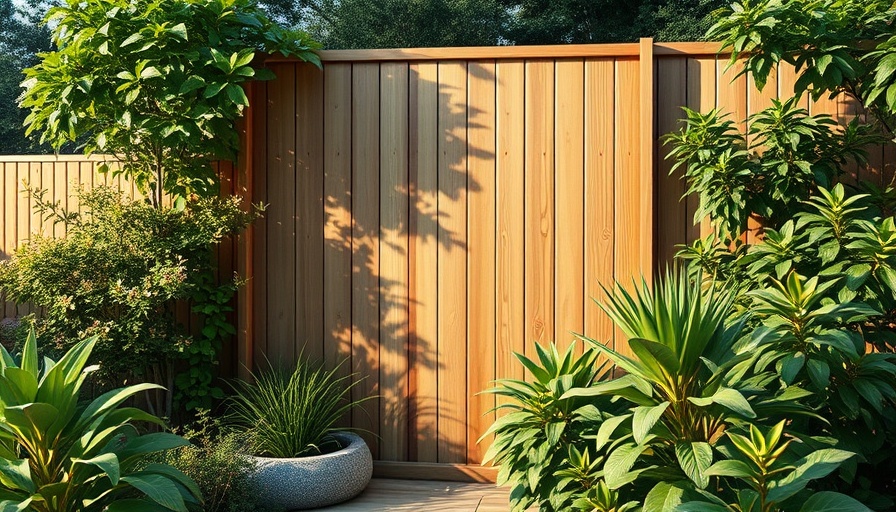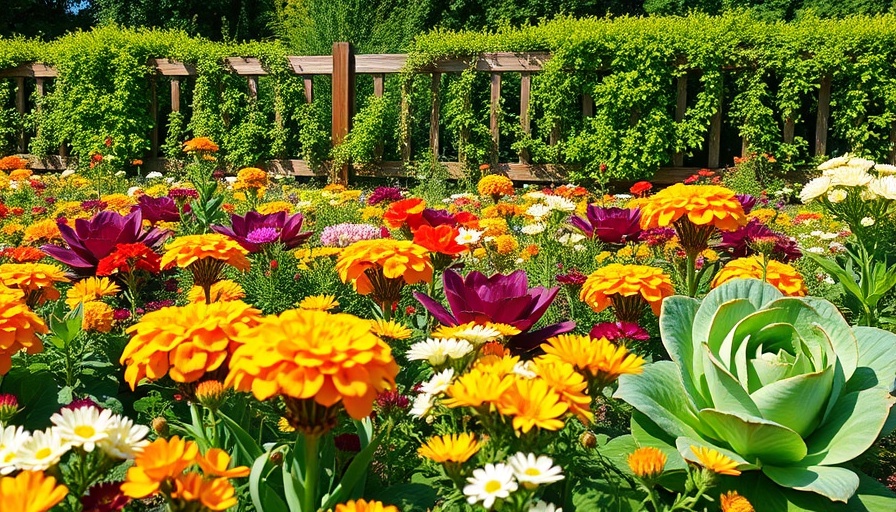
Breathe New Life into Your Wardrobe with Upcycling
In an era where consumerism is at an all-time high, the journey to sustainability is becoming increasingly urgent, especially in the fashion industry. Every year, approximately 85% of textiles end up in landfills, a staggering statistic that lays bare the environmental impact of our clothing habits. Surprisingly, less than 1% of clothing is recycled, revealing a significant gap in our waste management practices. The truth is, the clothing industry is not just about style; it is also about the planet's health. Polyester production alone releases 2-3 times more carbon emissions than cotton, making it imperative for us to rethink our choices.
Why Upcycle? The Environmental Benefits
Embracing the practice of upcycling not only extends the lifespan of our clothes but also mitigates environmental damage caused by cheap, fast fashion. With every unique piece you create, you save another garment from the landfill and prevent a new one from being made. Through acquiring thrifted items and reimagining them, we can make a significant difference while also fueling our creativity.
Getting Started: Upcycled Clothing Ideas Inspired by Nature
This guide delves into diverse ways to transform clothing by pulling inspiration from nature and your backyard garden. Here are several engaging methods:
1. Flower Pounding
One of the most popular techniques, flower pounding, allows you to create beautiful botanical prints on fabric. Simply gather vibrant flowers from your garden and hammer them onto fabric to leave colorful imprints. This method not only produces unique designs but can also be a delightful family activity.
2. Natural Dyes
Experimenting with natural dyes from plants offers a world of color possibilities. Items like beets, blueberries, and turmeric can yield astonishing hues, making your clothing not just wearable, but a canvas of nature’s palette. By selecting organic materials, you enhance both your garment’s uniqueness and sustainability.
3. Sun Printing
Using UV-reactive fabric and natural items from your garden, you can create stunning sun prints. Place your items in a sunny area and watch as sunlight transforms the fabric, highlighting your botanical creations.
4. Stamping Prints
Craft stamps from everyday items or sustainably sourced materials to create intricate patterns on your clothing. This not only adds a personal touch but taps into the DIY spirit, creating something that is distinctly yours.
5. Herbal Drawer Fresheners
Consider using upcycled fabric scraps to sew small sachets filled with dried herbs, adding a delightful scent to your drawers while reducing waste. This project’s beauty lies in its simplicity and practicality.
6. Macrame Plant Hangers
Old fabric can be transformed into stunning macrame plant hangers, bringing a touch of boho style to your indoor greenery, while also reflecting your personality and creativity.
7. Hand-Painted Tote Bags
Use fabric paint to enhance tote bags you find at thrift stores. You can add messages, patterns, or artistic designs that represent your individual style.
8. Revamping Wool Cozies
Thrifted wool can be upcycled into cozy items for the home, like blankets or cushion covers, offering warmth and comfort with a personal flair.
Why Upcycling Matters
Upcycling clothes doesn’t just serve to beautify your wardrobe; it fosters environmental awareness and encourages sustainable practices within your community. Aside from the personal fulfillment of crafting something beautiful, every upcycled piece represents a step towards combating the dangers of fast fashion.
Next Steps: Create Your Upcycled Masterpiece!
Gather your supplies, draw inspiration from nature, and let your creativity guide you. Whether you're creating with friends or embarking on a solo journey, upcycling can turn into a fun and fulfilling project that enriches not only your wardrobe but also your community and the environment. Ready to embrace sustainability? Next time you’re at the thrift store, think of the potential on those racks and how you can breathe new life into worn clothing by harnessing the power of nature.
If you have questions about upcycling clothing projects or need more tips on practical gardening to enhance your home, feel free to join us in the discussion!
 Add Row
Add Row  Add
Add 




Write A Comment